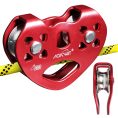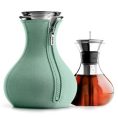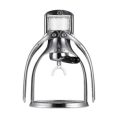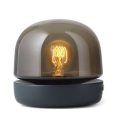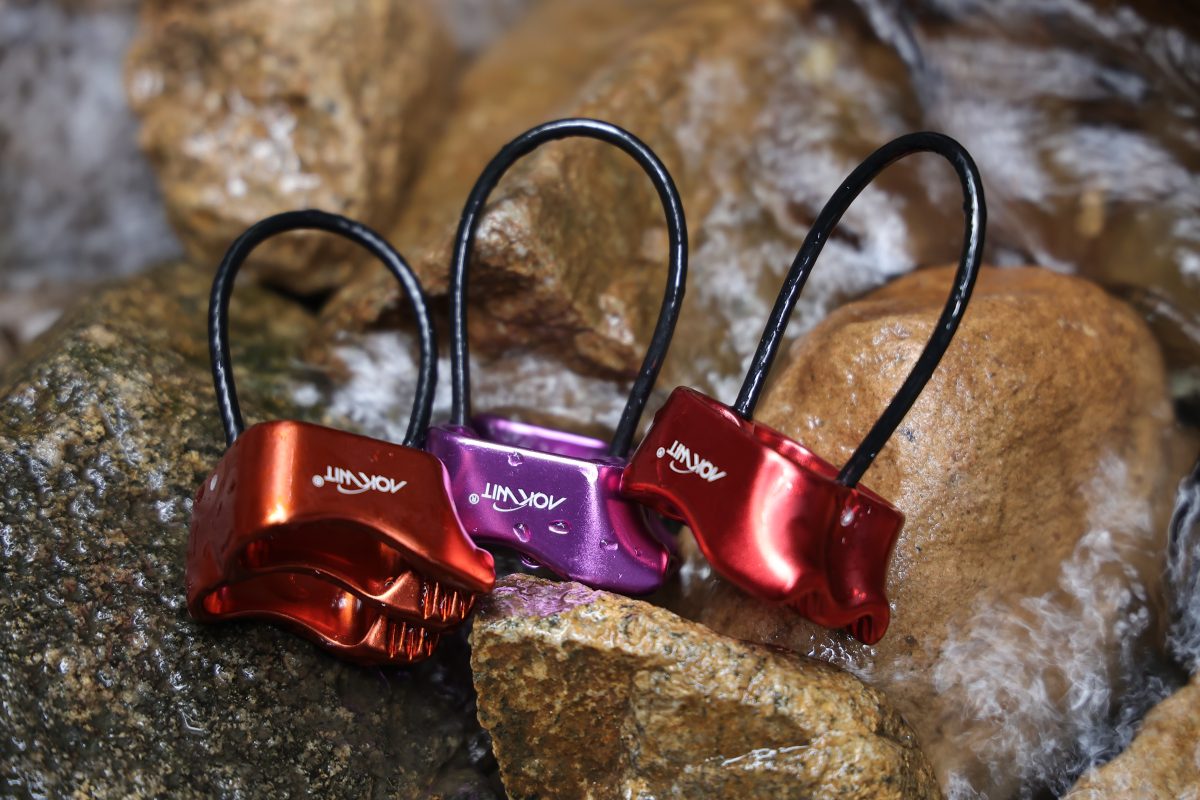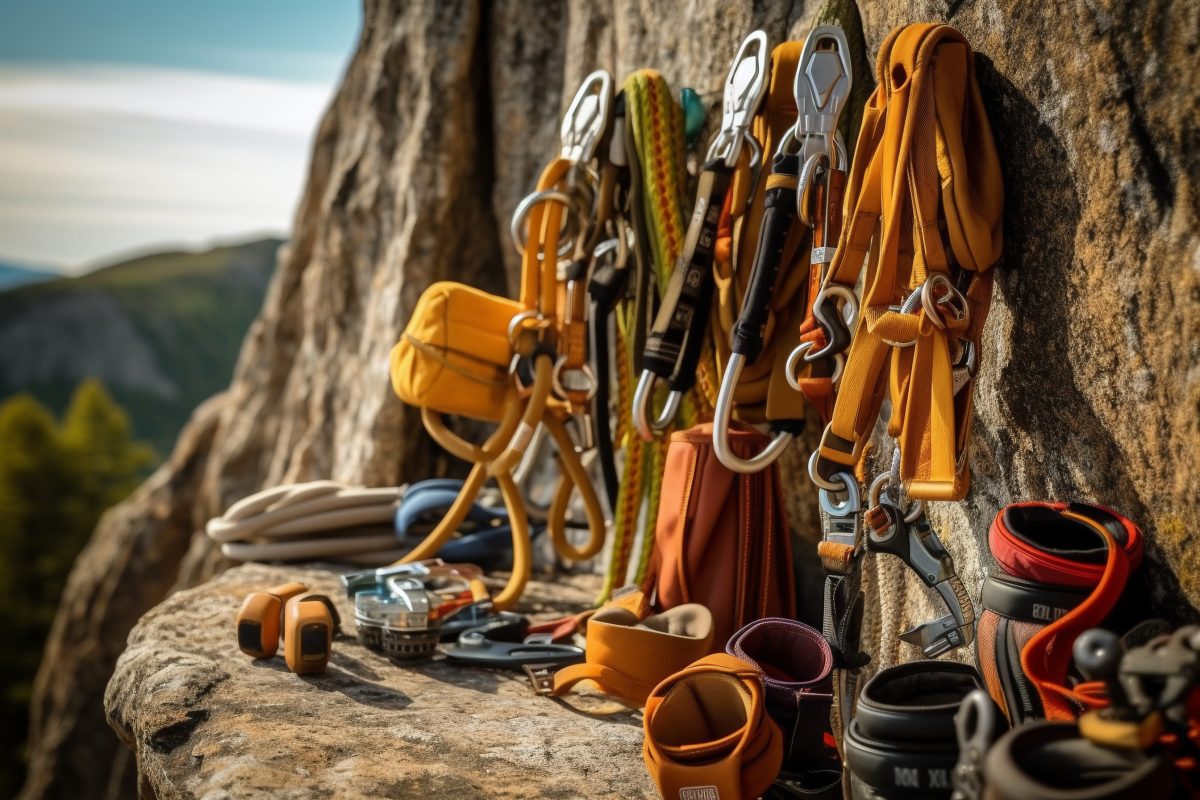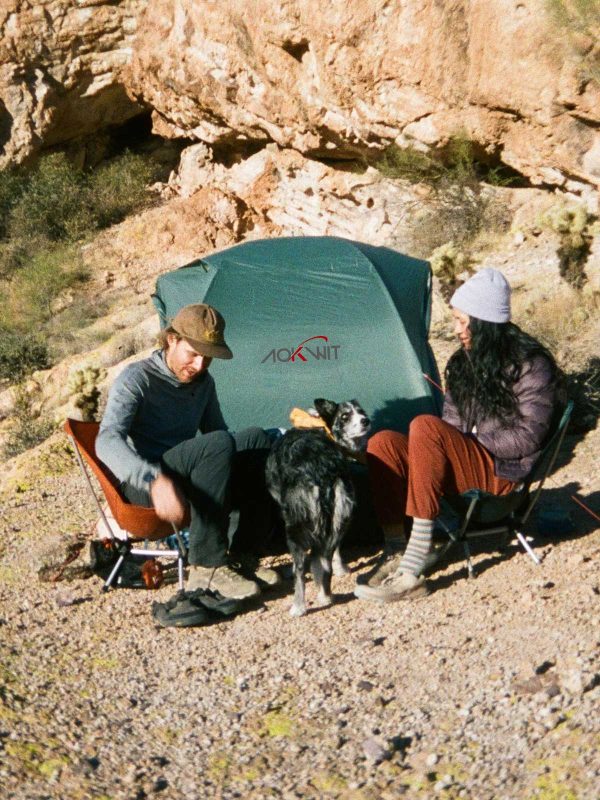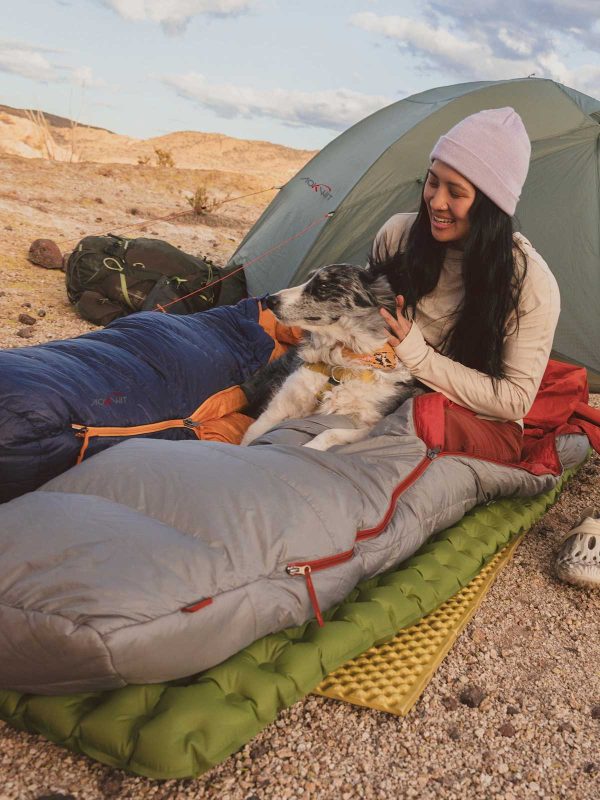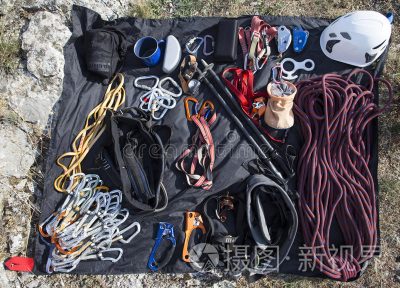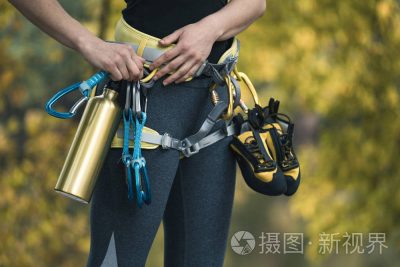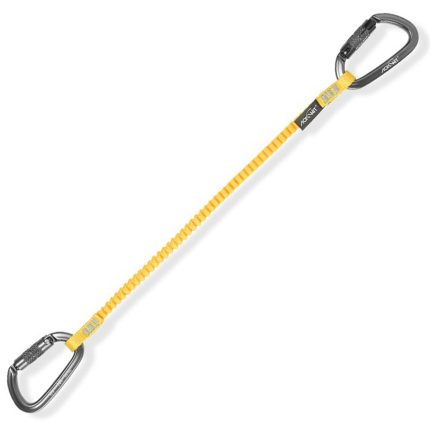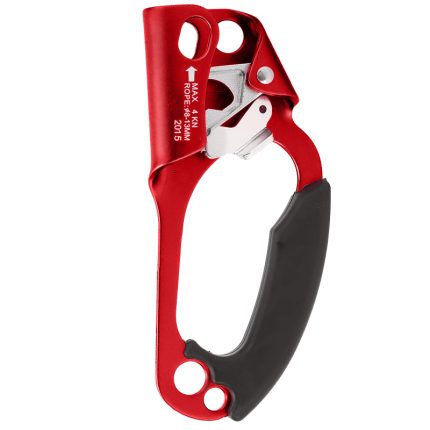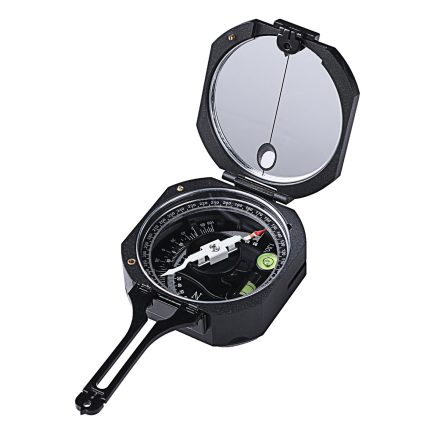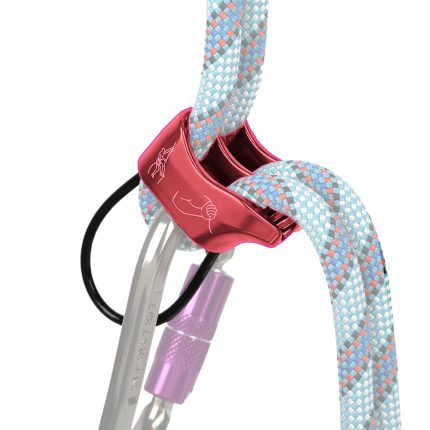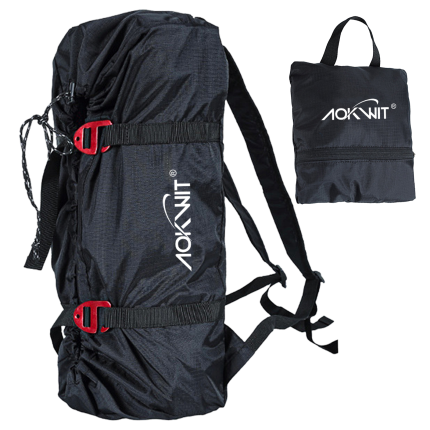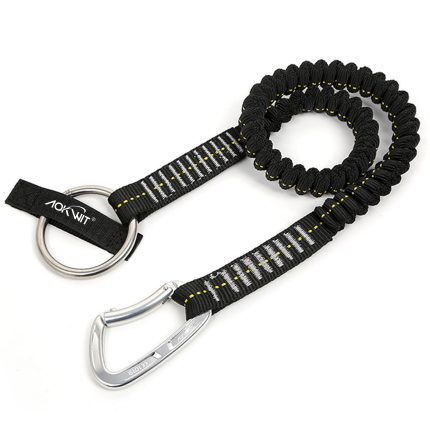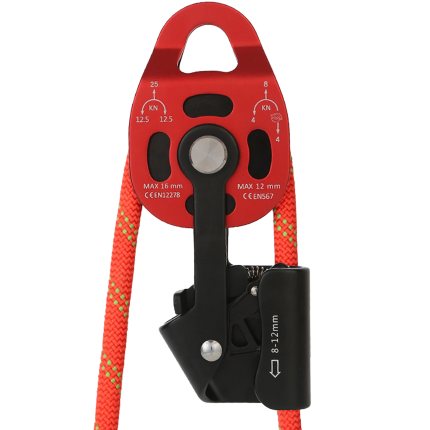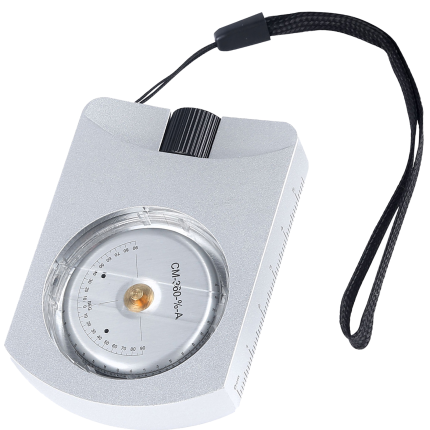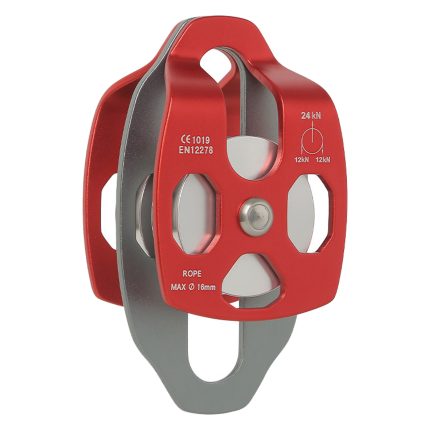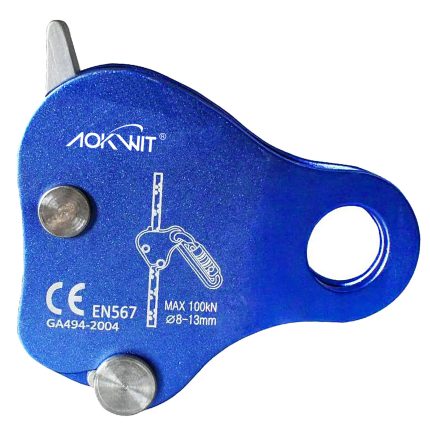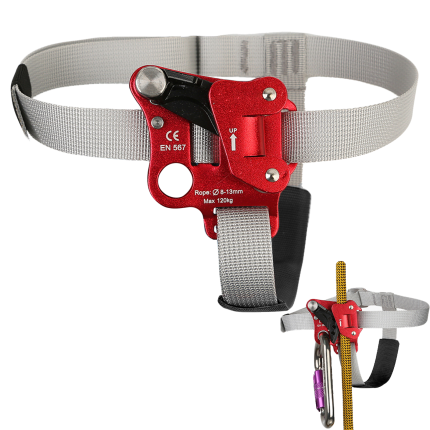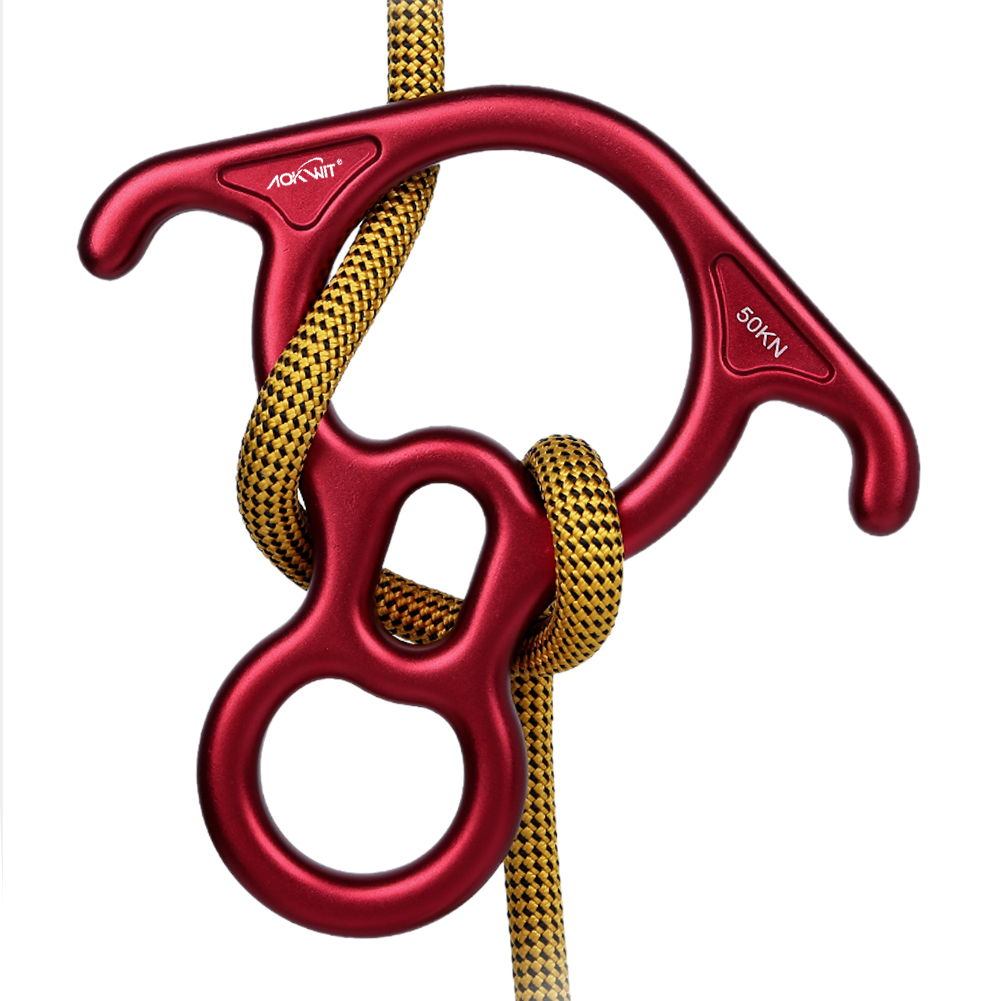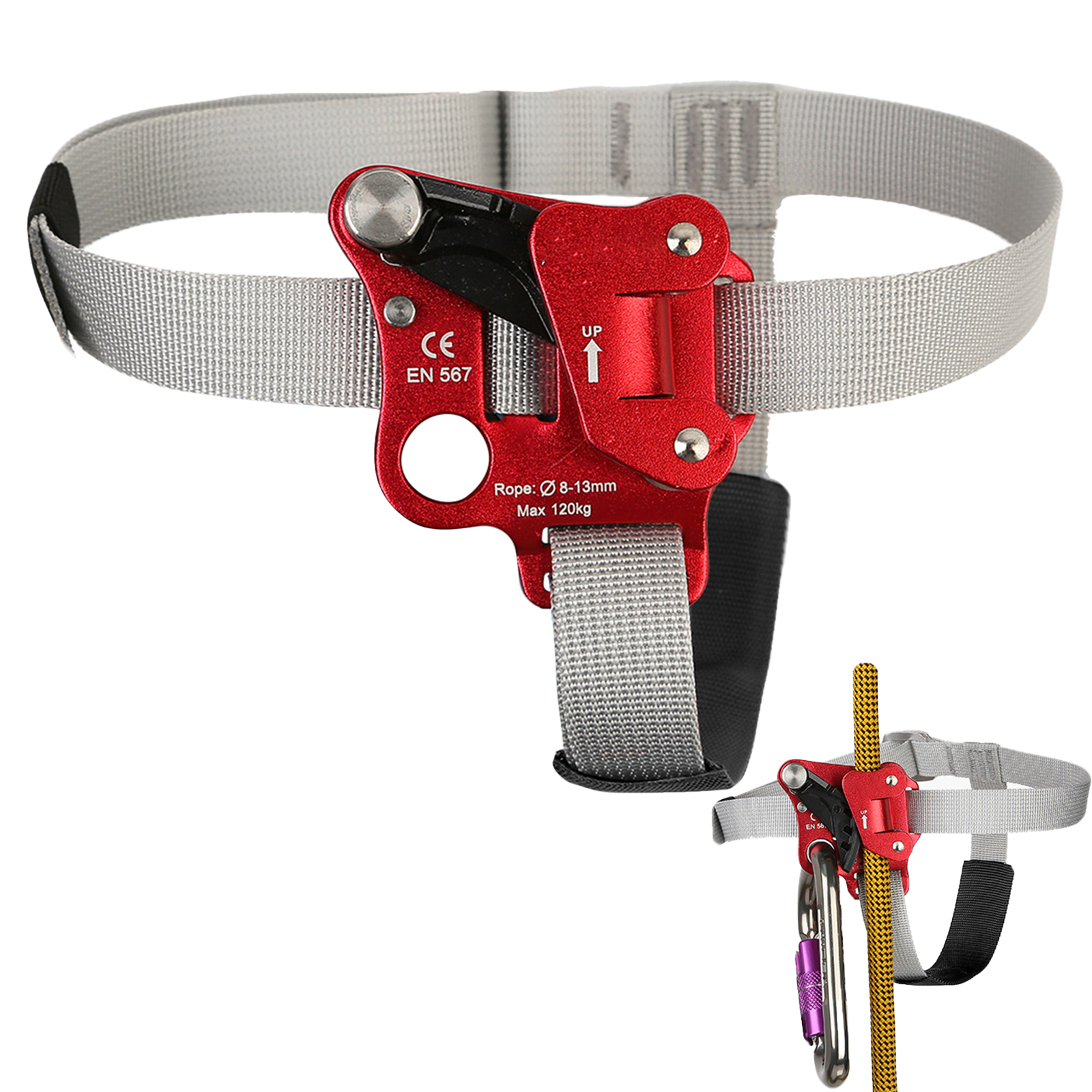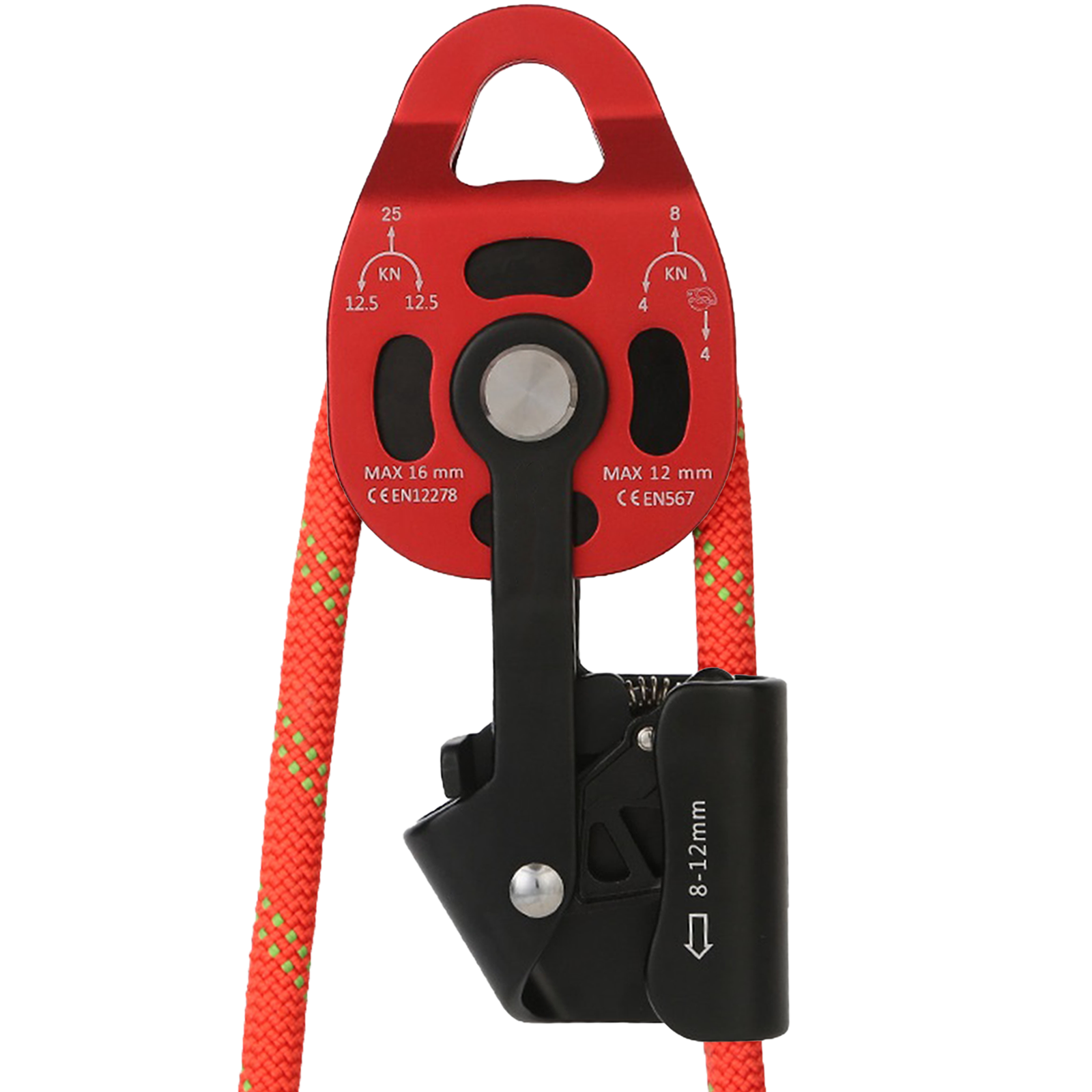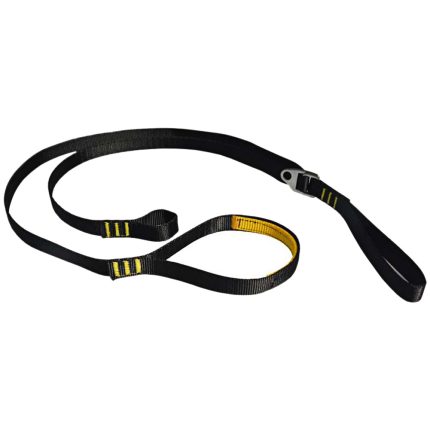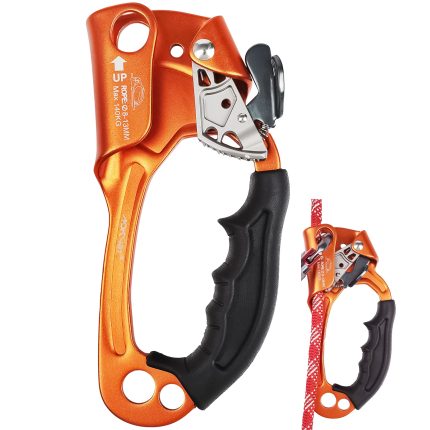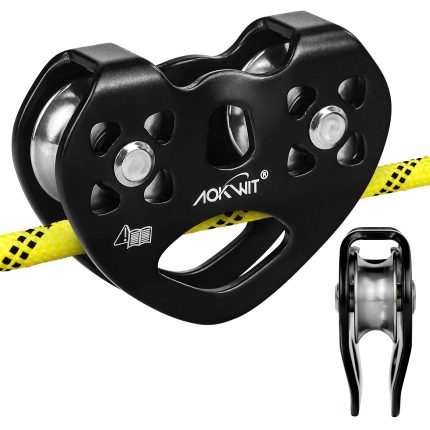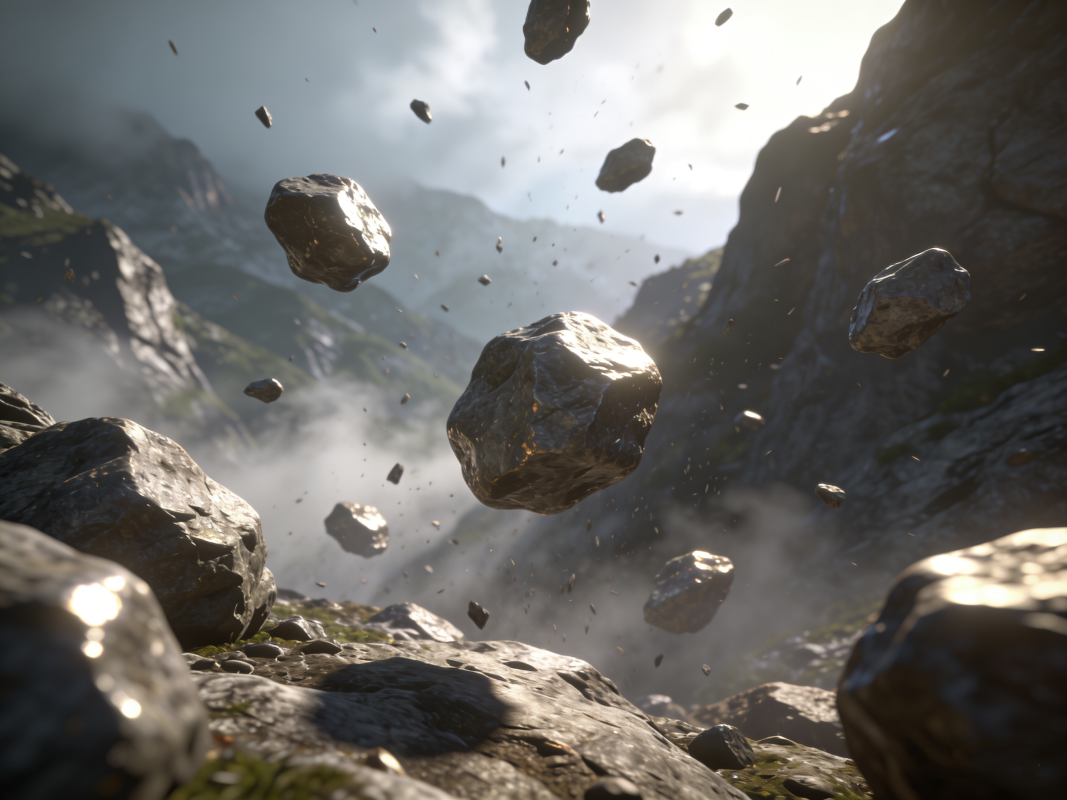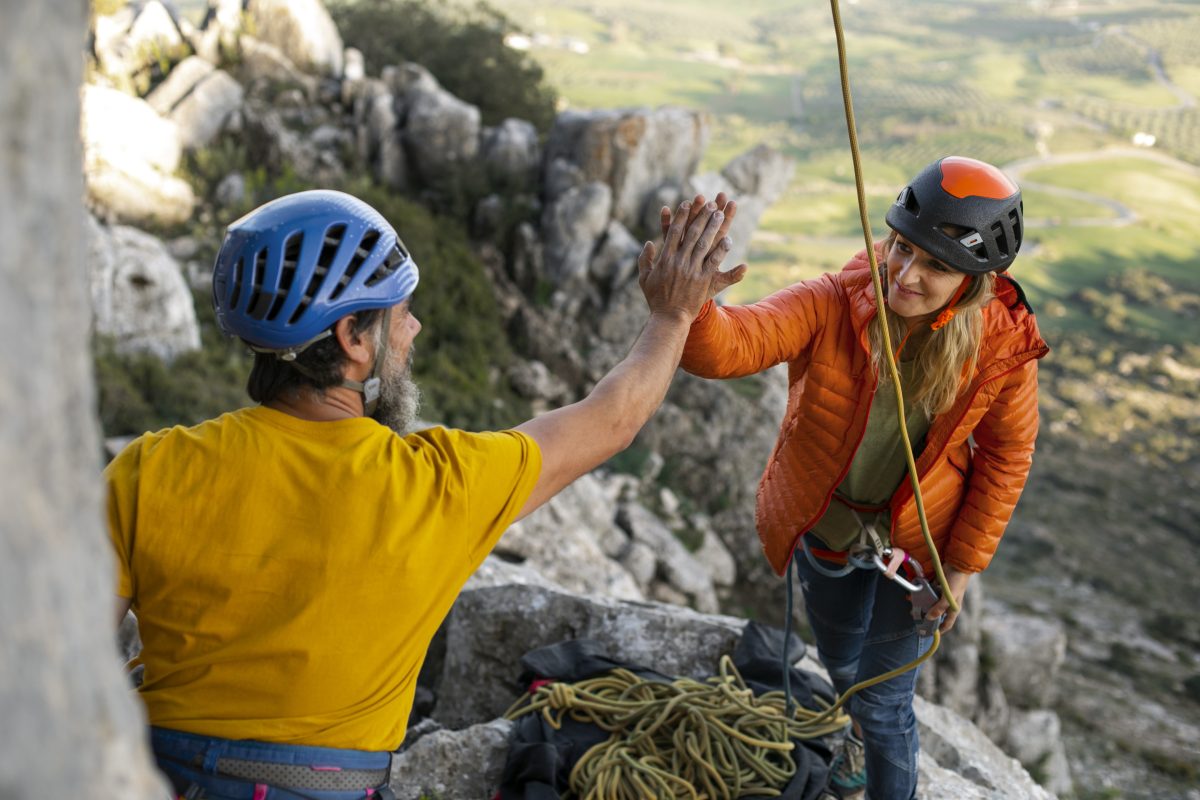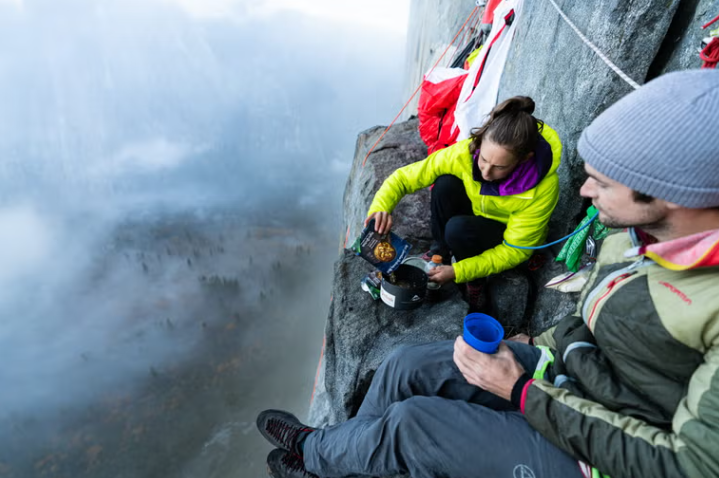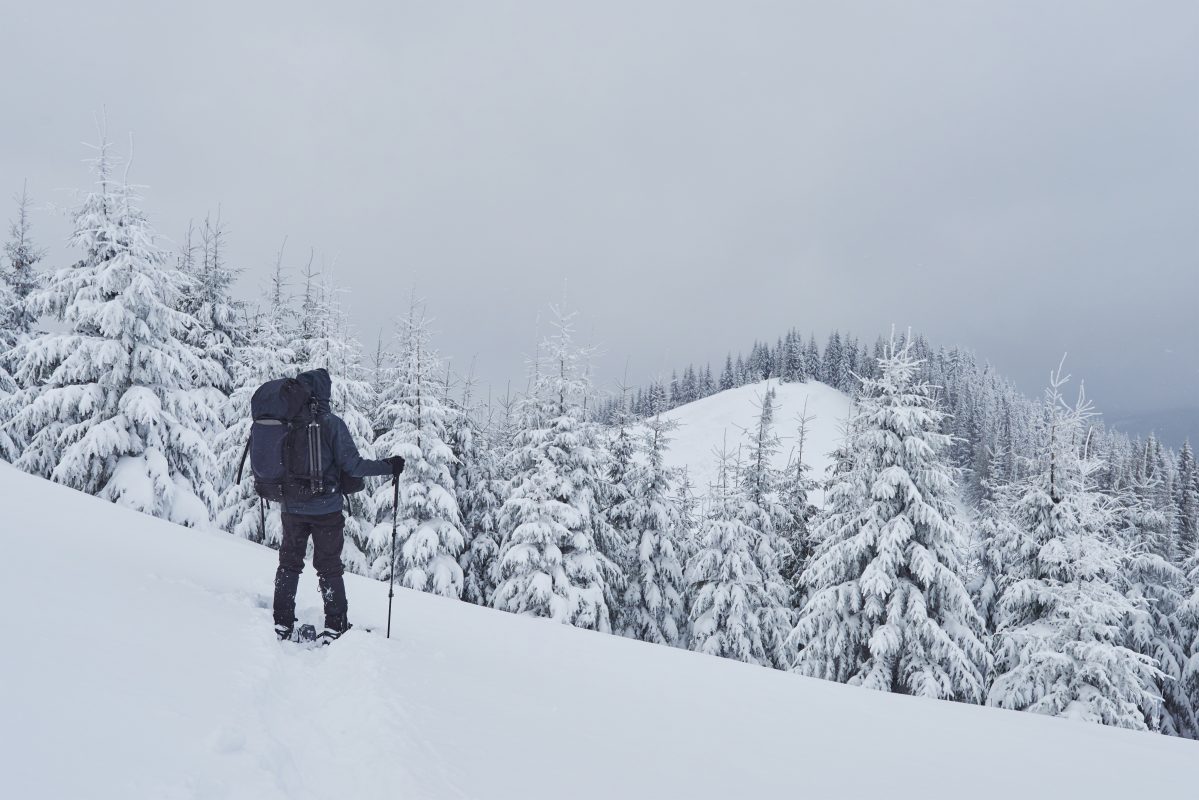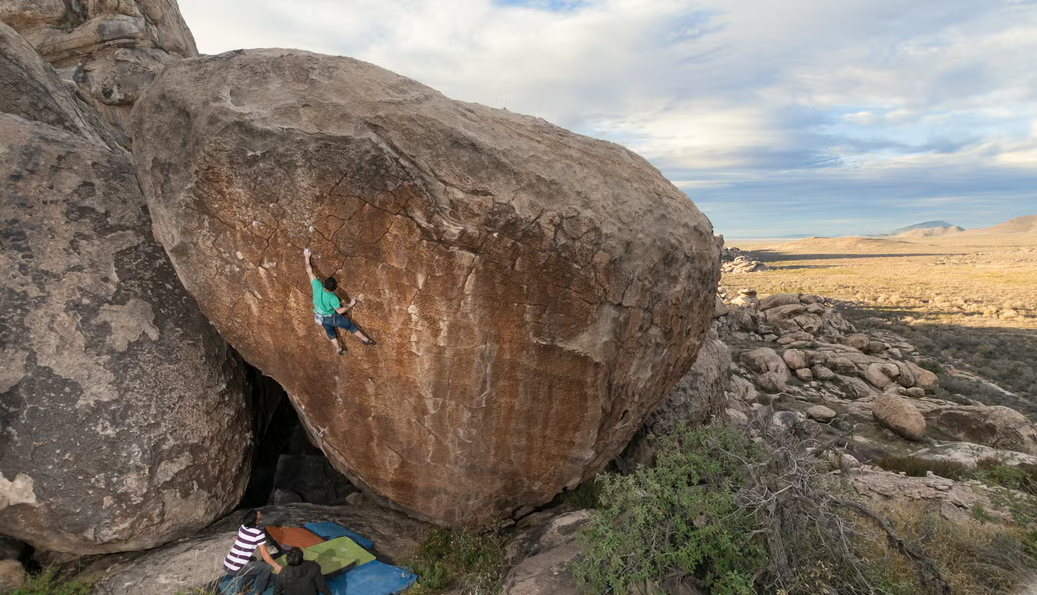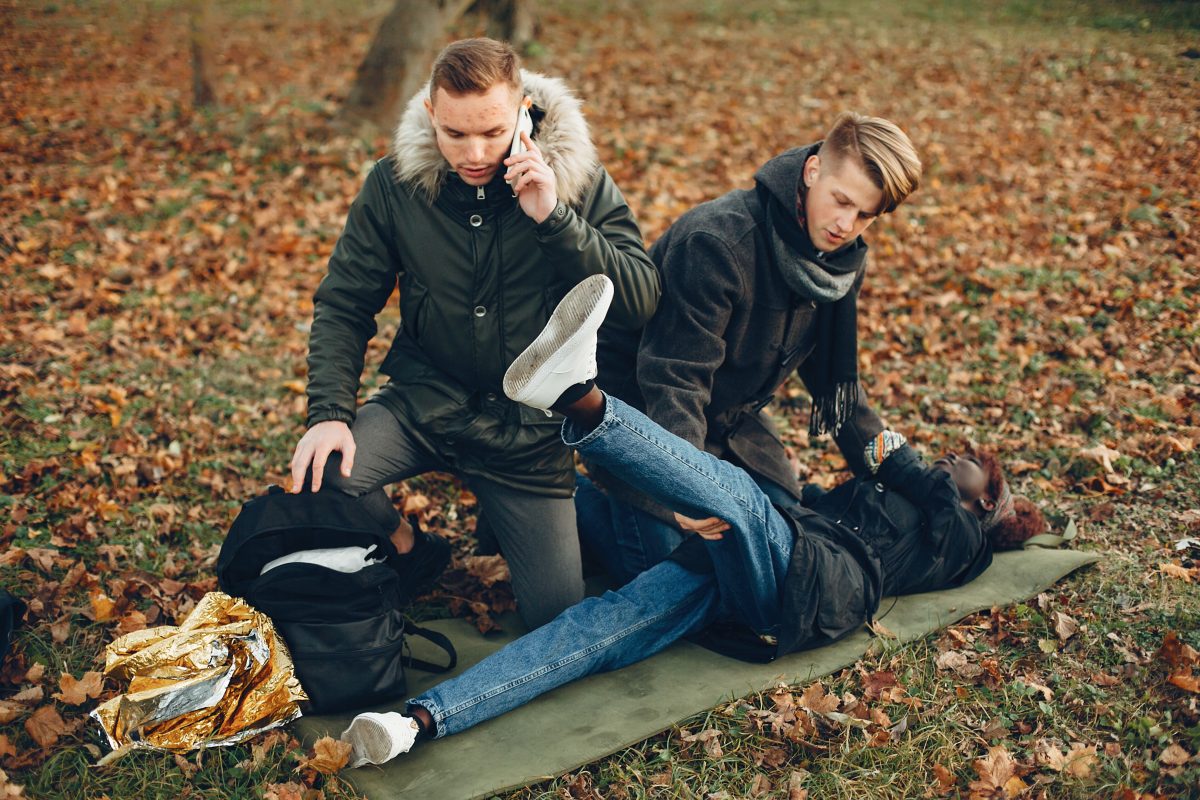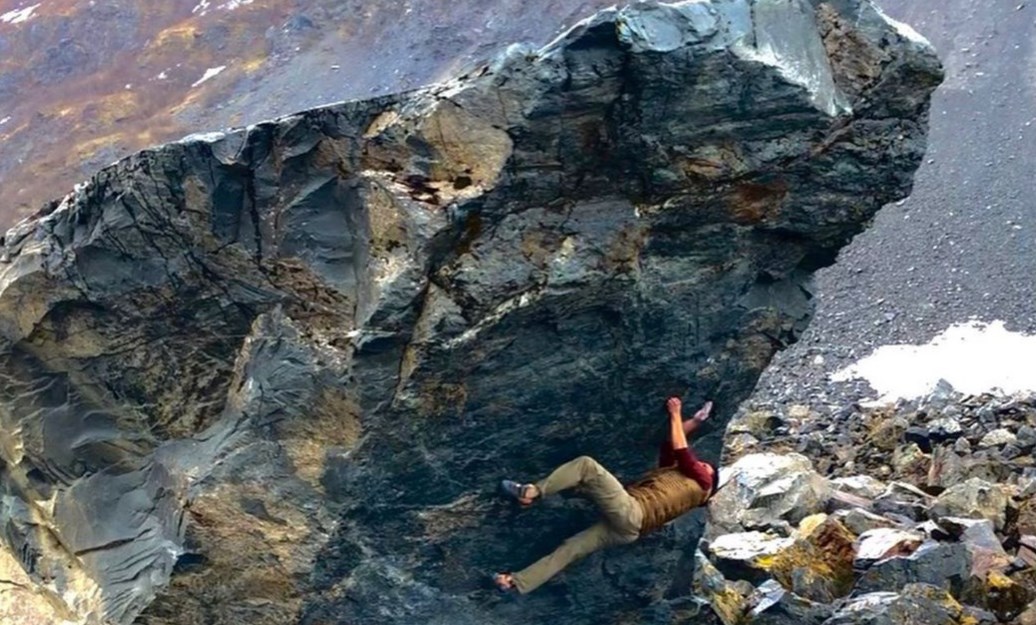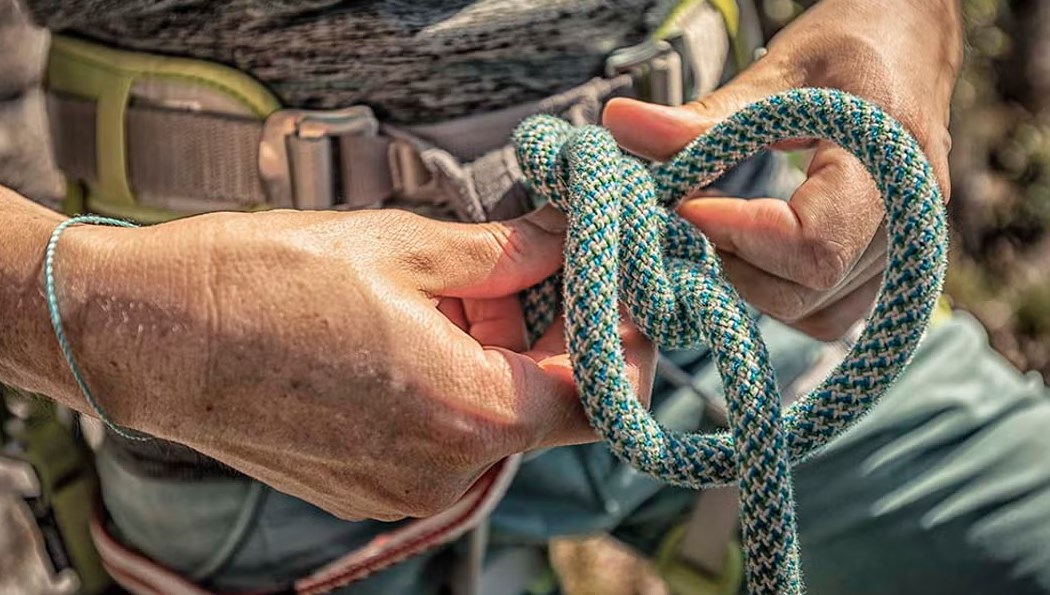Basic Rock Climbing Techniques—Proper Application of Different Handholds
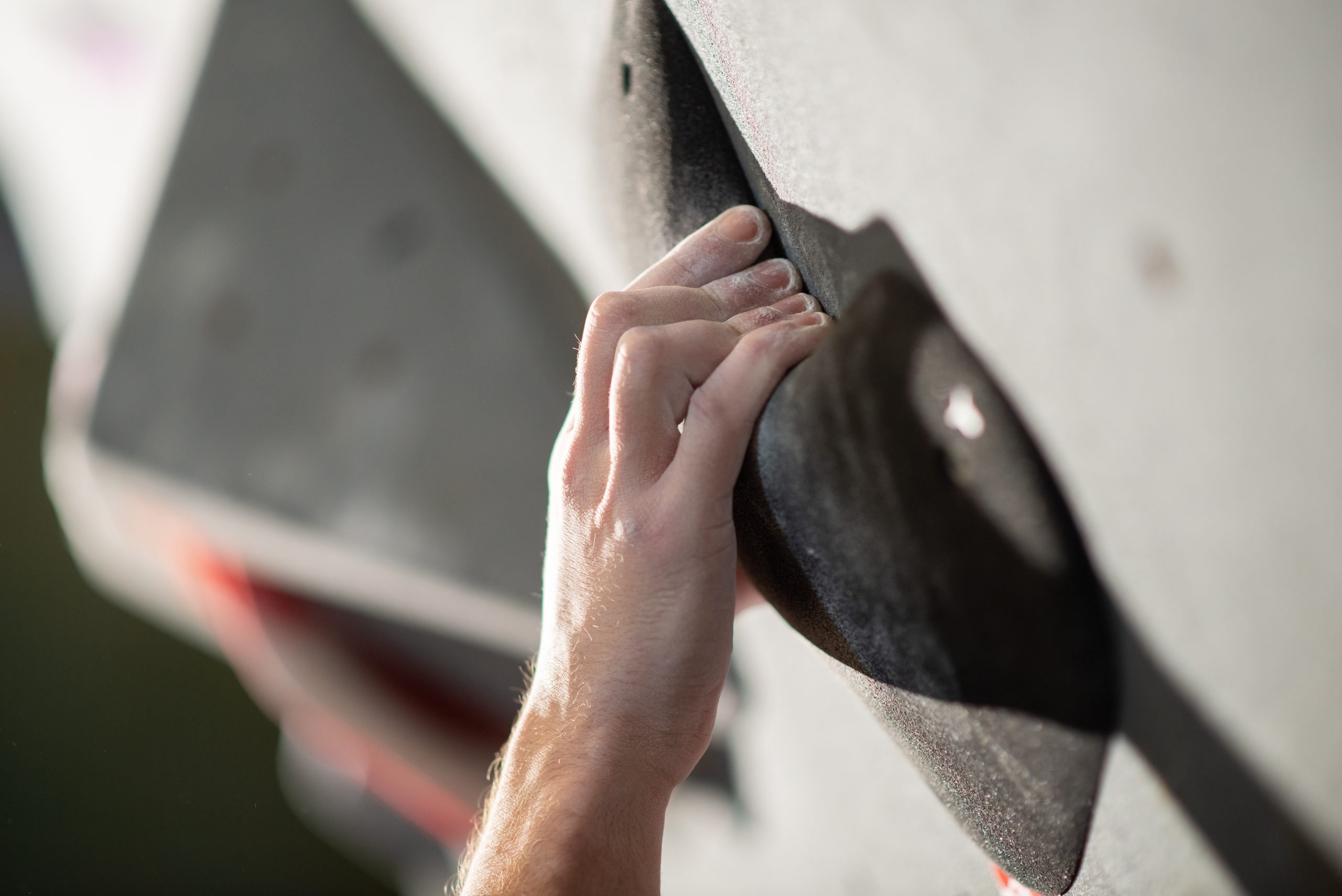
Some believe that hands must bear significant weight during climbing, requiring large handholds. However, this is unnecessary; on vertical walls, hands primarily serve to maintain balance. Contact force between the hold and the hand becomes critical.
Regardless, avoid exerting excessive force when gripping holds. Instead, keep hands relaxed and use minimal force; otherwise, arm strength will deplete rapidly.
Rock walls feature holds of diverse shapes—dozens are common. Climbers must familiarize themselves with these shapes, knowing precisely where and how to grip each hold.
Based on the position and orientation of protrusions or indentations on holds, the following primary climbing techniques are employed:
1. Crimping
When gripping an edge or feature of a hold, fingers often clamp down firmly. However, many holds can be fully palmed, reducing reliance on finger strength alone. Palming also enhances grip stability.
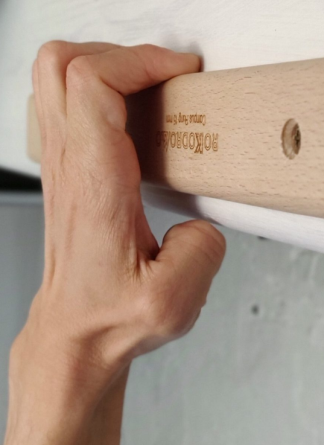
2. Open-Hand Grip
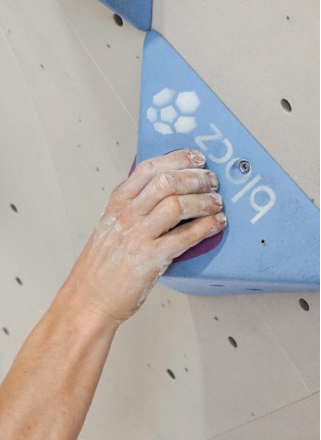
If a hold’s edge or pocket supports the second joint of the fingers, the hand can lie flat against the rock. Fingers remain straight and close together, maximizing contact with the hold without fully curling.
The thumb plays a minor role here—unless the hold slopes, in which case the thumb pinches against the fingers. For rounded holds, the open-hand grip is optimal.
3. Pocket Grip
For smaller holds where four fingers can fit into a pocket, press the thumb against the index finger to secure the grip.
Avoid unnecessary pressure or pulling on fingers to prevent injury (e.g., when grabbing upward-facing holds with palms up).
An inverted pocket grip (thumb below fingers) is often used for balance, leveraging counterforce between hands or hands and feet.
4. Closed Crimp
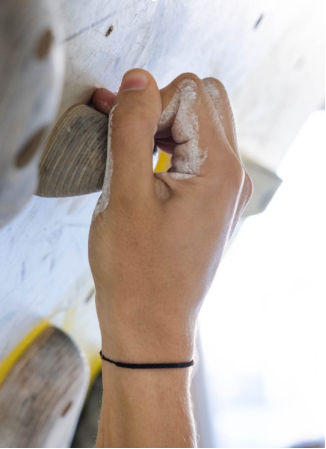
Bend the knuckles sharply, stacking the thumb over the index finger and outer edge of the palm to lock onto small edges.
The thumb provides strong control, making this grip powerful while allowing other fingers to relax slightly.
Flexing the wrist during a closed crimp relaxes the forearm, making it an effective rest position—common on small, rounded holds.
5. Pinch Grip
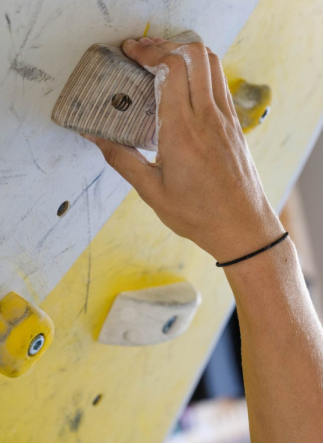
When a hold lacks edges and relies on friction, use a pinch grip. Typically, the thumb opposes the fingers. For some holds, the thumb presses against the edge while fingers apply force perpendicularly.
6. Side Pull
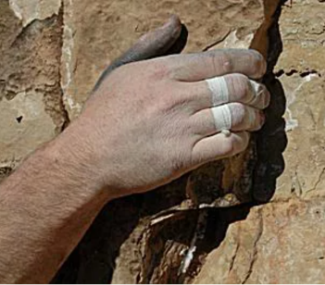
The core technique involves turning sideways to the wall. Place one hand and the opposite foot on the wall, extending the other leg for balance. Push upward with the bent leg to reach a higher hold.
This move is essential for navigating overhangs and linear hold sequences.
7. Pocket Technique
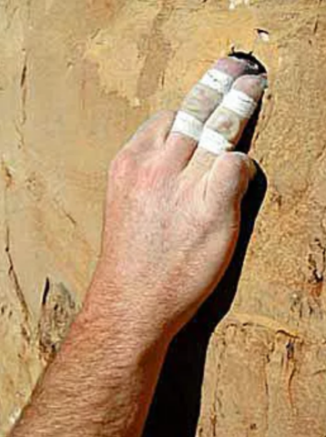
Natural rock walls often feature pockets (“jugs” or “finger pockets”), and modern climbing competitions frequently include them.
Pockets range from thin slots to large holes accommodating one or two fingers—or even the entire hand. When gripping, probe the pocket’s depth to find the optimal contact point.
Single-finger pockets carry the highest injury risk; improper use may strain tendons. For downward-pulling mono-pockets, press the middle finger against the index finger to stabilize the grip.
Key Notes:
Hold shapes and sizes vary greatly. Multiple grip options may exist for a single hold, but selecting the best one requires extensive practice.
Finger strength is paramount. Train with fingertip push-ups, pull-ups, fingerboard hangs, and pinch-block lifts.
